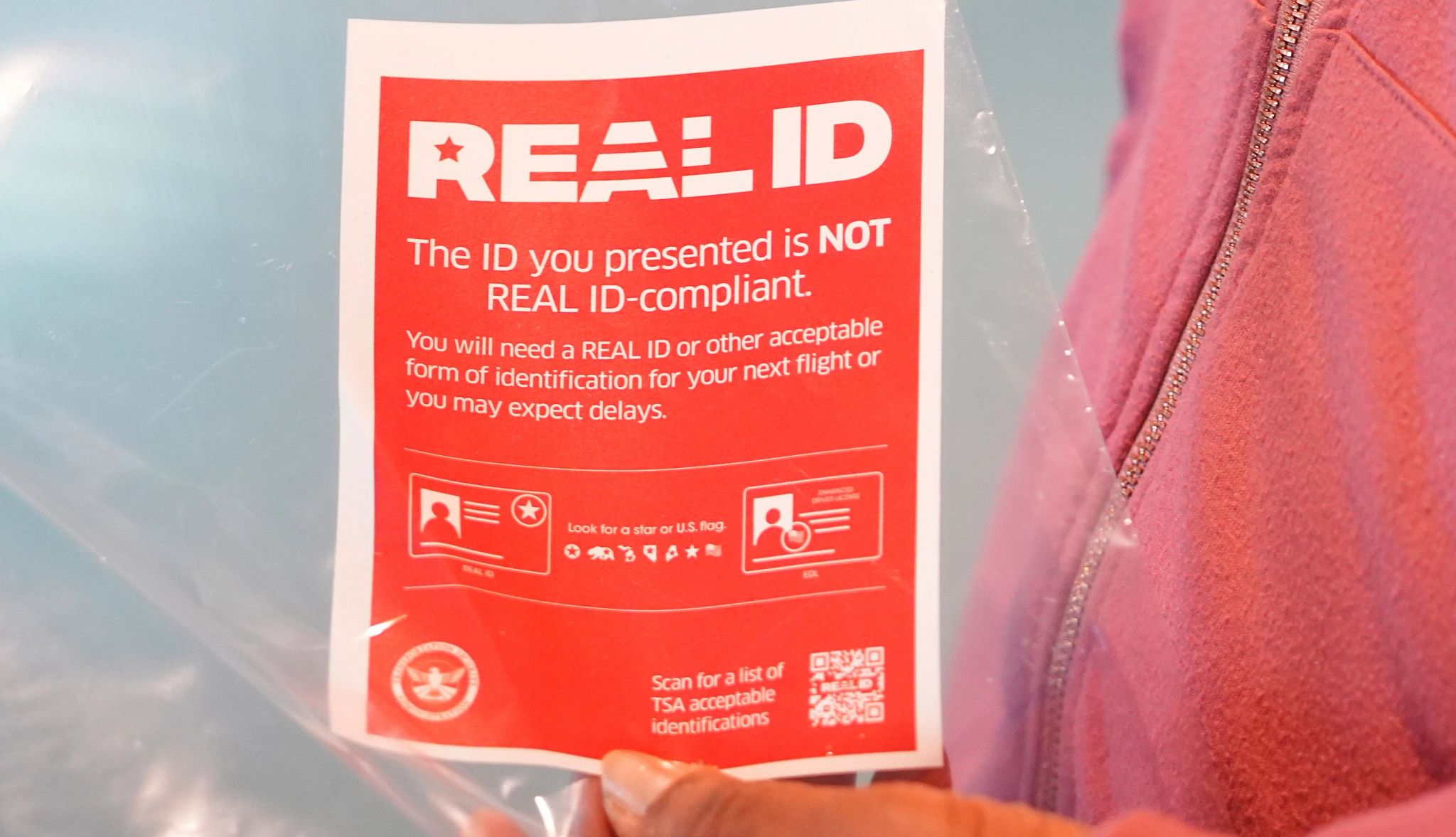AARP Hearing Center


In 2024, the average tax refund from Uncle Sam was $3,138. That’s a pretty good payday for most people. This year’s average should be about the same, so there’s something to look forward to this tax season if you’re expecting a refund.
Unfortunately, you don’t get that money instantly. While the majority of taxpayers receive their tax refund within a few weeks, the process can drag on for much longer in some cases.
How do you avoid a lengthy delay? Steering clear of the following missteps will certainly help.
1. Filing a paper tax return
Don’t hold your breath waiting for your refund if you mail a paper return. It’s going to take longer to get your money.
You can speed things up by filing your return electronically. Not only will the IRS receive your return in seconds, it can also process e-filed returns much more quickly and efficiently than paper returns. And the sooner the IRS processes your return, the sooner it can send your refund.
The IRS typically issues refunds within 21 days for electronic returns. Refunds for returns sent by mail usually take four weeks or more, the agency says.
There are several ways to file your return electronically. For instance, you can hire a certified public accountant (CPA), enrolled agent or other tax professional to prepare and e-file your return. That’s typically the most expensive option, but at least you’ll avoid some of the headaches and uncertainty that come with doing your own taxes.
If you do your own return, commercial tax software products such TurboTax, H&R Block and TaxSlayer, let you file electronically. You might even qualify for free use of the software if your return is relatively simple.
The IRS also provides a few options for no-cost tax preparation and e-filing. You can use the IRS Free File program if your 2024 adjusted gross income (AGI) was $84,000 or less. At higher income levels, you can still use the IRS Free File Fillable Forms, but you won’t have the benefit of tax software that guides you through your return.




































































More From AARP
10 Things You Need to Know Before Filing Your 2024 Tax Return
How to file on time, speed up your refund, avoid scammers and more
How to File Your Tax Return for Free in 2025
No-cost tax help is available from AARP and the IRS. See who qualifies.
Need a Tax Form? Here’s Where to Get It
The IRS is your best source, but think twice before filing a paper return
Recommended for You